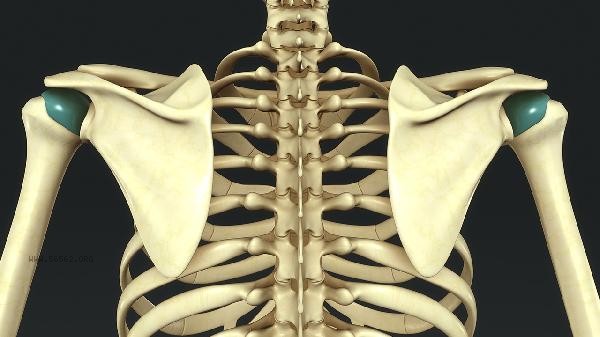The classic exercises for back muscle training mainly include pull up, barbell rowing, dumbbell single arm rowing, high pull down, sitting rowing, etc.

1. Pull up
Pull up is the golden action for developing the latissimus dorsi muscle, which can comprehensively stimulate the upper back muscle group through self weight suspension and pull-up movements. The standard action requires holding the horizontal bar with both hands wide, keeping the body vertical, and using back strength to pull the chin over the horizontal bar. This movement requires high grip strength and core stability. Beginners can use elastic bands to assist or gradually progress through half training.
2. Barbell Rowing
Barbell rowing mainly strengthens the thickness of the middle back, using a standing posture to bend the hip 45 degrees, holding the bar with hands slightly wider than the shoulders, and lifting the barbell along the thighs to the lower abdomen. Pay attention to maintaining a neutral position of the spine and avoid using force from the back arch. This movement can simultaneously exercise the trapezius and erector spinae muscles, and it is recommended to use moderate weight to ensure the quality of the movement.
3. Dumbbell Single Arm Rowing
Dumbbell single arm rowing focuses on developing the lower part of the latissimus dorsi muscle, kneeling on a flat stool with one knee to support the body, holding the dumbbell naturally and then lifting it up along the thigh direction to the hip. This action can improve the imbalance of left and right muscle strength, and by rotating the trunk, it can additionally stimulate the serratus anterior muscle. Pay attention to controlling the speed of the centrifugation stage during training.

4. High position pull-down
The high position pull-down device can simulate the upward trajectory of the pull, suitable for trainers with insufficient strength. Using a wide grip handle, tilt your body back 15 degrees and pull down the crossbar to the collarbone position. Different grip distances can focus on the width or thickness of the latissimus dorsi muscle, while reverse grip can activate the biceps more effectively.
5. Sitting Rowing
Sitting Rowing trains the entire back muscle group through rope resistance, tightens the core to maintain trunk stability, pulls the handle towards the navel, and retracts the scapula. This action has less pressure on the lower back and can change the angle of muscle force by adjusting the seat height. Using a V-shaped handle can enhance the engagement of the rhomboid muscles.

Back training should pay attention to movement standardization and muscle control. It is recommended to schedule specialized training twice a week, with 3-4 movements selected each time to complete 4 groups. Fully activate the rotator cuff muscle group before training, and coordinate thoracic spine extension between groups to prevent rounded shoulders. Ensure sufficient protein intake per kilogram of body weight in terms of diet, and supplement carbohydrates after training to promote recovery. Intermediate and advanced trainers can try compound movements such as hard pull and T-bar rowing to further break through.








Comments (0)
Leave a Comment
No comments yet
Be the first to share your thoughts!